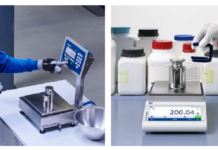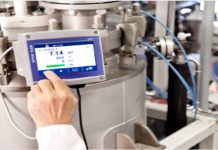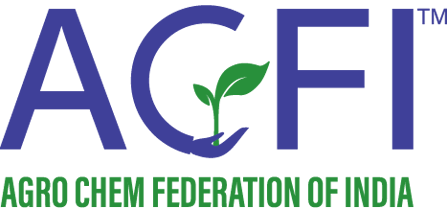Agrochemical exports has witnessed remarkable growth and are projected to surpass ₹80,000 crore within the next four years, according to a paper by Agro Chem Federation of India (ACFI-EY), titled Indian Agrochemical Industry: The Story, the Challenges, the Aspirations.
The report highlighted that the competitive advantage of India’s agrochemical industry lies in its high-quality yet affordable products, making them the preferred choice for millions of farmers across 130 countries.
Industry experts emphasized the need for government intervention to support growth, calling for streamlined licensing norms, improved storage and distribution infrastructure, and incentives for biopesticide production.
Additionally, they suggested simplifying the registration process for new molecules, negotiating trade agreements with countries that have relaxed MRL (maximum residue limit) norms, introducing a PLI (production linked incentive) like scheme to attract global investment, and reducing GST from 18% to 5%. The paper also indicated that implementing PLI incentives for agrochemicals could drive investments between ₹10,000 to ₹15,000 crore over the next five years.
Parikshit Mundhra, Chairman of ACFI, highlighted several challenges facing the industry, such as the reliance on generic molecules, low agrochemical usage, a complex registration process for new products, and heavy reliance on imports.
Mundhra also emphasized the agrochemical sector’s critical role in boosting agricultural productivity and exports, positioning India as a global manufacturing hub and supporting the country’s ambition of achieving a USD 5 trillion economy by 2025.
As reported by en.krishakjagat.org, while the agriculture sector has been growing at a 3.8-4% compound annual growth rate (CAGR), reaching this economic goal will require agriculture and related sectors to expand at a CAGR of 9.3%.
































